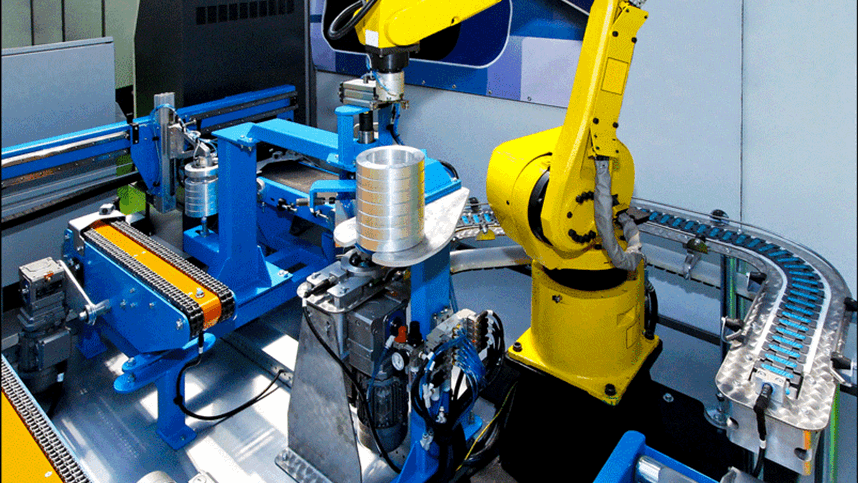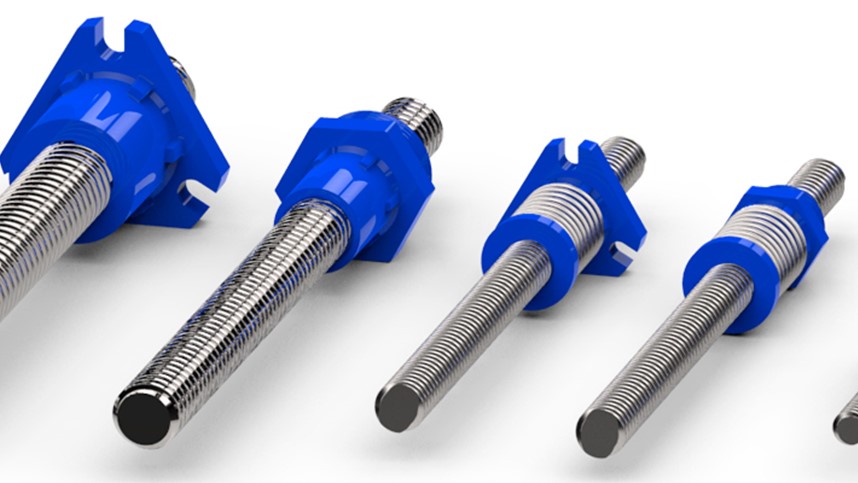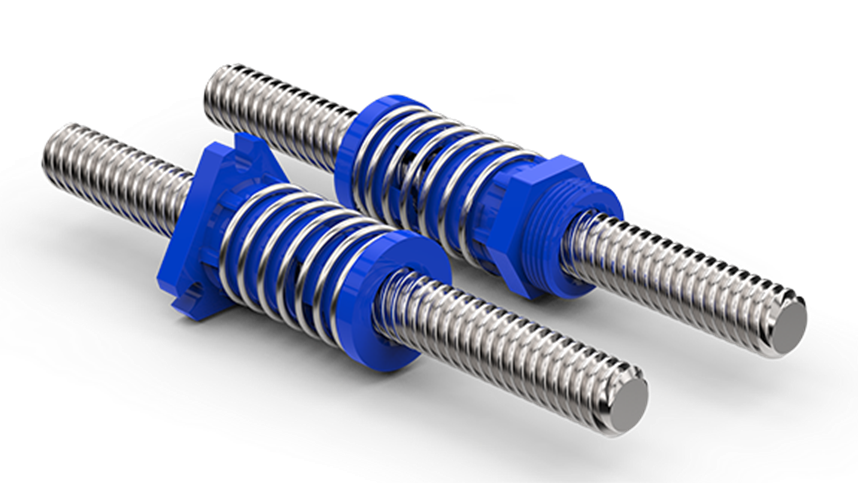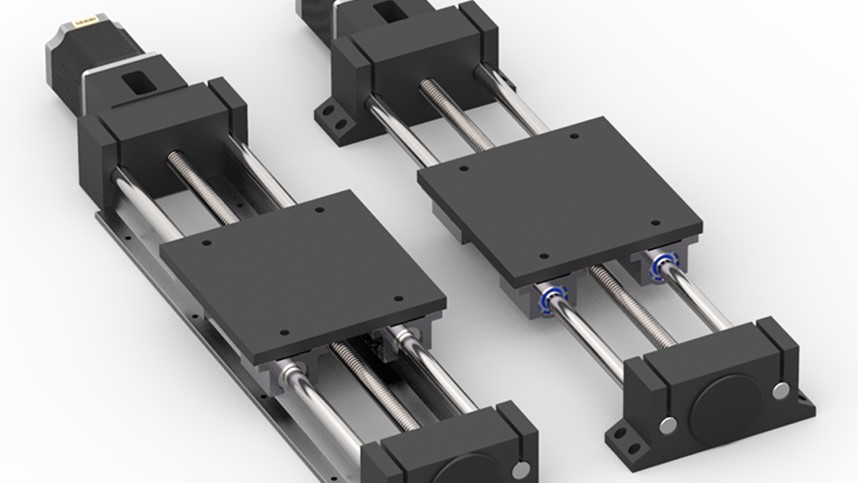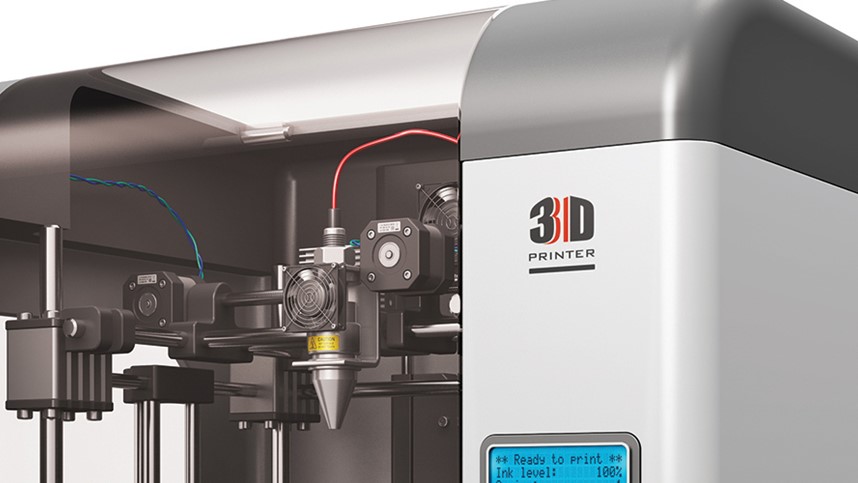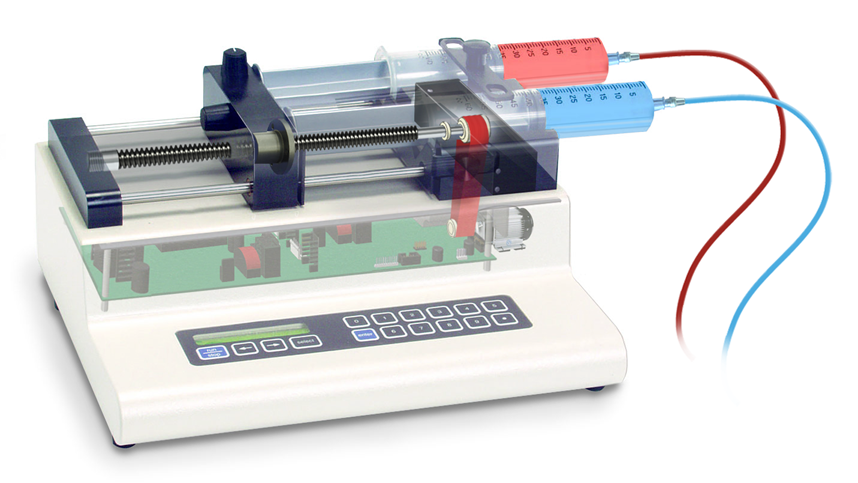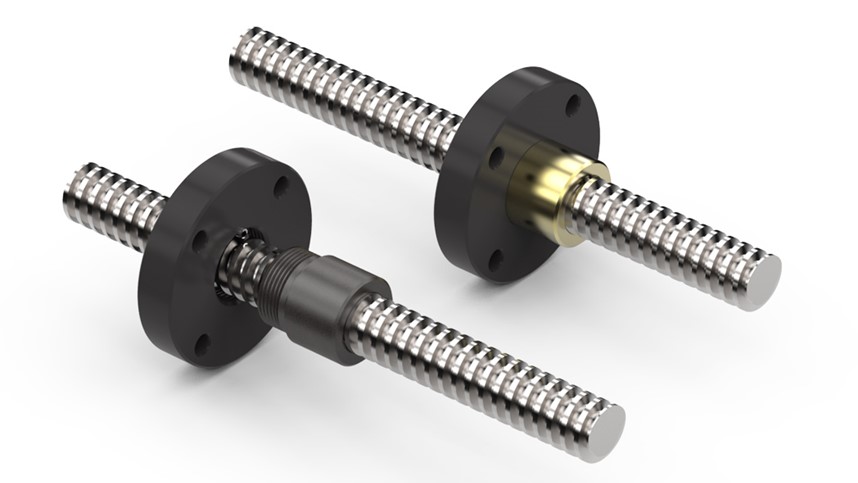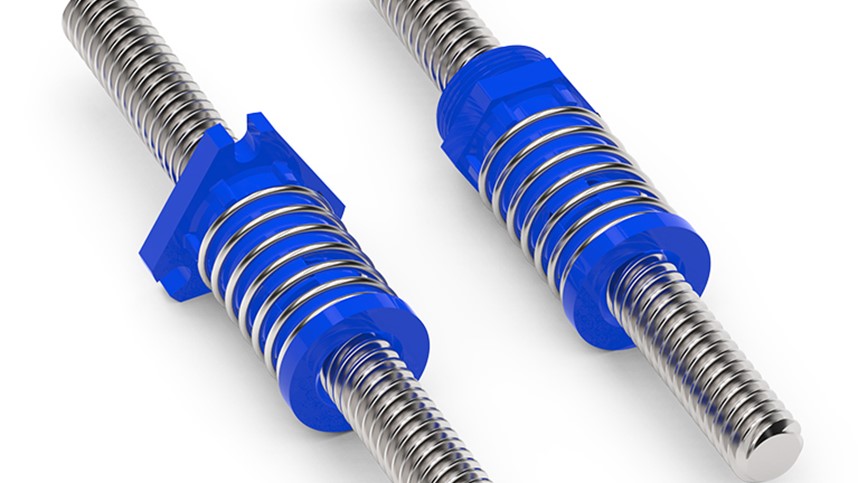The first edition of the Helix Linear Technologies Catalog provides valuable information regarding the world’s most comprehensive line of precision lead screws.
Helix Linear Technologies Blog | Articles, how-tos and information on the latest linear motion topics.
Drive Linear Motion in Industrial Robots with Lead Screws
While industrial robots have been used to manipulate parts, tools, material, and specialized devices for half a century, industrial robot manufacturers face a range of new challenges associated with increased demand for greater levels of adaptability, agility, and flexibility
How to Avoid Making the 5 Most Common Motion Control Mistakes
Given the range of motion control devices, systems, and assemblies that are available on the market—plus advances in the development of innovative MCSs and the greater demands for today’s precision guidance and positioning applications.
Lead Screw Thread Forms and Options
The screw thread of a lead screw or Acme screw—the helical, shape used to convert rotational motion to linear motion or force—is an important factor in engineering and configuring a mechanical actuator that will perform optimally for a specific linear motion application.
Selecting the Optimal Linear Slides for Guidance and Positioning
Achieving precise guidance and positioning through linear motion control has become a common requirement in today’s manufacturing environments. Virtually all manufacturing processes utilize some type of linear motion control, for which linear slides offer a simple, flexible, and cost-effective solution.
How Are Lead Screws Used in a 3D Printer?
With a 3D printer, product developers can quickly and cost effectively create actual physical parts of product designs directly from product design data. Just as a desktop printer produces type on a 2D page, a 3D printer builds a physical object in 3D space, layer by layer.
Maintaining Syringe Pump Precision at Lower Cost with Lead Screws
The use of syringe pumps for medical treatment and chemical/biomedical research has substantially increased in recent years. The most common application for these small infusion pumps is to gradually administer intravenous medications to patients, including pain-killing analgesics, nausea-suppressing anti-emetics, and other drugs.
How Plastic Acme Nuts Resolve Lead Screw Challenges
While lead screws provide cost, performance, and dependability advantages for many of today’s linear actuation requirements, some motion control applications present challenges that require the use of plastic acme nuts, which are engineered to provide internal lubrication, to make lead screws operate more smoothly, quietly, and reliably.
Lead Screws Drive Missile Fin Actuation Systems
Lead and acme screws are used for a variety of linear motion control applications, ranging from syringe pumps to pan-and-tilt systems for security cameras. However, one of the more interesting applications of these screws involves their use for driving the fin actuation that guides a missile to its target.
Questions & Answers about Lead Screws in Mechanical Design
Lead screws have increasingly become the linear motion control solution of choice for mechanical design. The use of lead screws for providing actuation in machine designs and other types of mechanical design is growing because of advances in lead screw design, screw and nut materials, and manufacturing technologies.



